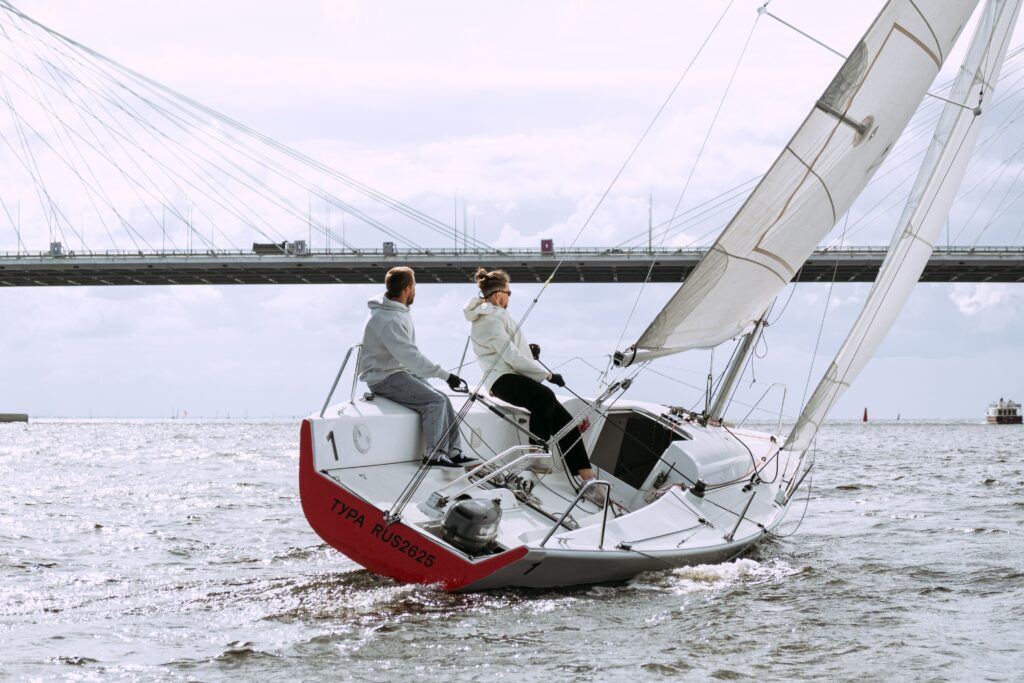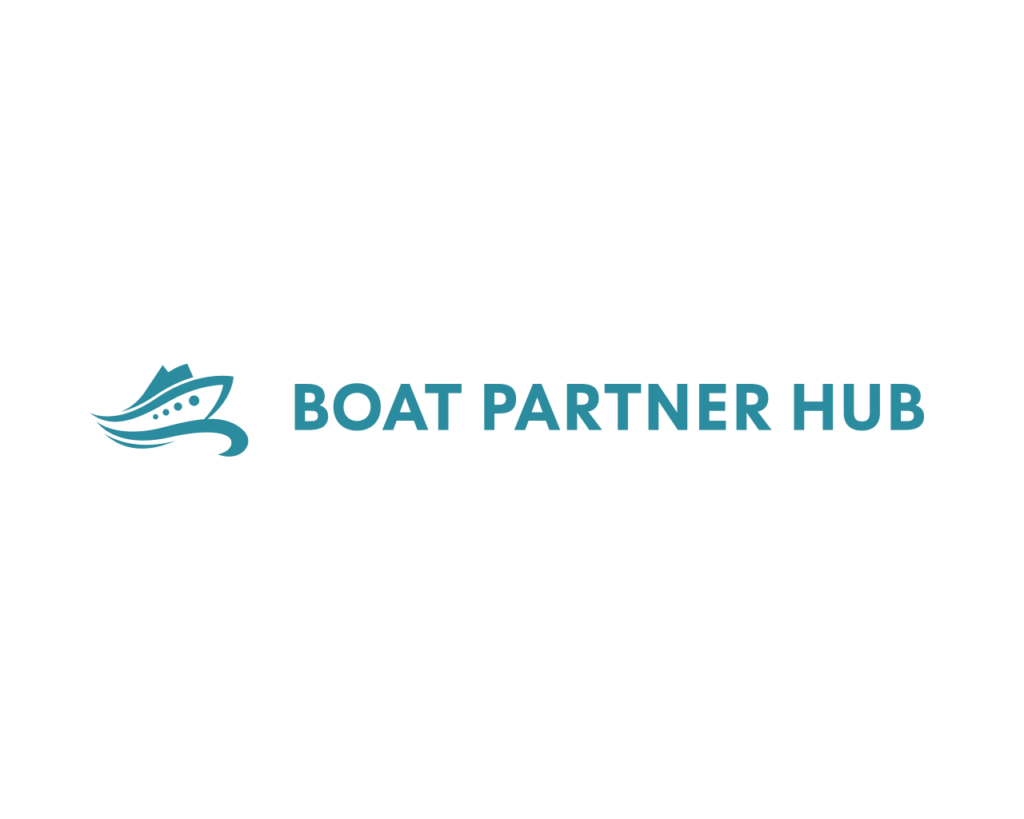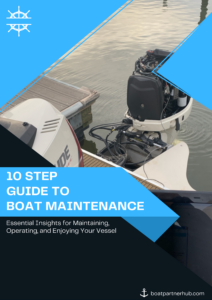Blog
Boating Terminology 101: Key Nautical Words Every Sailor Should Know

Unlocking the Language of the Sea: A Comprehensive Guide to Boating Terminology for Sailors
Ahoy, fellow sailors! As you embark on your boating journey, familiarizing yourself with nautical terminology is akin to learning a new language—a language of the sea. Understanding key boating terms not only enhances your communication skills on board but also deepens your appreciation for the rich maritime heritage. In this Boating Terminology 101 guide, we’ll navigate through essential nautical words every sailor should know, making your time on the water both enjoyable and seamless.
1. Port and Starboard: The Sides of the Boat
Master the basics of boat direction by distinguishing between port (the left side of the boat when facing forward) and starboard (the right side of the boat when facing forward). These terms are crucial for clear and precise communication during maneuvers and docking.
2. Bow and Stern: The Front and Back of the Boat
Learn to identify the bow (the front of the boat) and the stern (the back of the boat). Understanding these terms helps in describing the boat’s orientation and is essential for navigation and orientation on board.
3. Aft and Forward: Moving on the Boat
“Aft” refers to the direction towards the back of the boat, while “forward” indicates the direction towards the bow. Being familiar with these terms ensures smooth movement on the vessel and aids in giving clear instructions to the crew.
4. Windward and Leeward: Sailing with the Wind
Discover the concepts of windward (the side of the boat facing into the wind) and leeward (the side sheltered from the wind). These terms are fundamental for sail adjustments and understanding how wind influences sailing direction.
5. Helm and Helm’s Alee: Steering the Ship
Learn about the helm, which refers to the boat’s steering mechanism, and “helm’s alee,” an instruction to move the helm away from the wind to avoid getting in the way of sail adjustments.
6. Tacking and Jibing: Changing Course with the Wind
Explore the difference between tacking (turning the bow through the wind) and jibing (turning the stern through the wind). These are essential sailing maneuvers used to change the boat’s direction when sailing against the wind.
7. Mast and Boom: Key Parts of a Sailboat
Familiarize yourself with the mast (the vertical pole that supports the sails) and the boom (the horizontal pole that extends from the mast). Understanding these components is crucial for sail handling and adjusting sail angles.
8. Sheet and Halyard: Controlling the Sails
Learn about the sheet (lines used to control the angle of the sails) and the halyard (lines used to raise and lower the sails). Mastery of these terms is essential for sail trimming and adjusting sail size.
9. Bilge and Bailer: Dealing with Water on Board
Discover the bilge (the lowest compartment of the boat where water collects) and the bailer (a device used to remove water from the bilge). Understanding these terms is essential for maintaining a dry and safe boat.
10. Knots: Tying Essential Boating Knots
Learn to tie essential boating knots like the bowline, clove hitch, and figure-eight knot. Knot tying is a vital skill for securing lines and rigging on board.
Conclusion
Congratulations, sailors! You’ve now navigated through the key nautical words every sailor should know. As you continue your boating adventures, confident communication and a deeper understanding of boating terminology will enhance your sailing experience. Embrace this linguistic journey and connect with the maritime world in a whole new way. Fair winds and smooth sailing!


